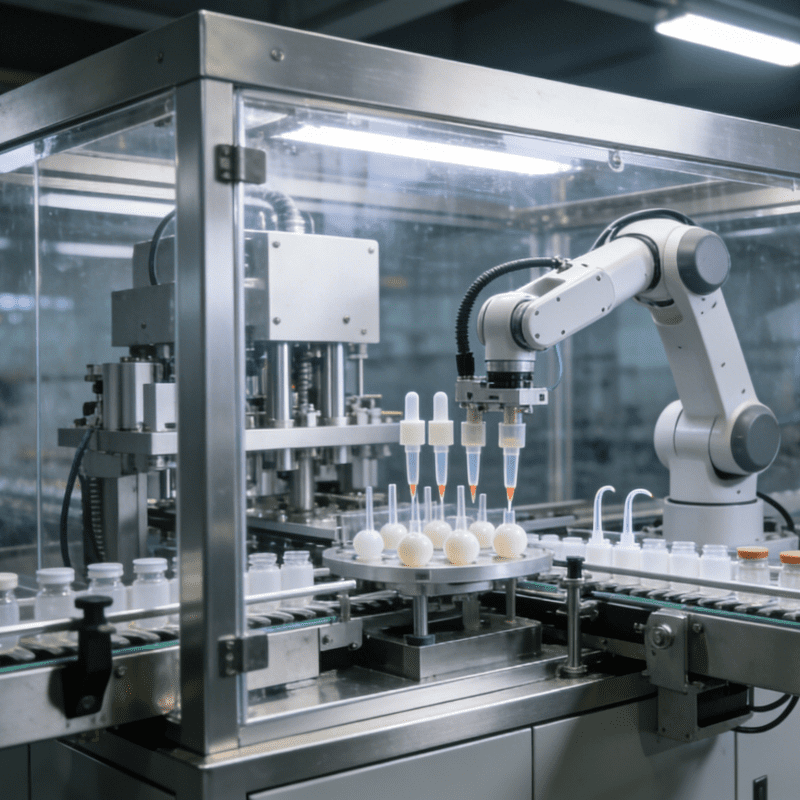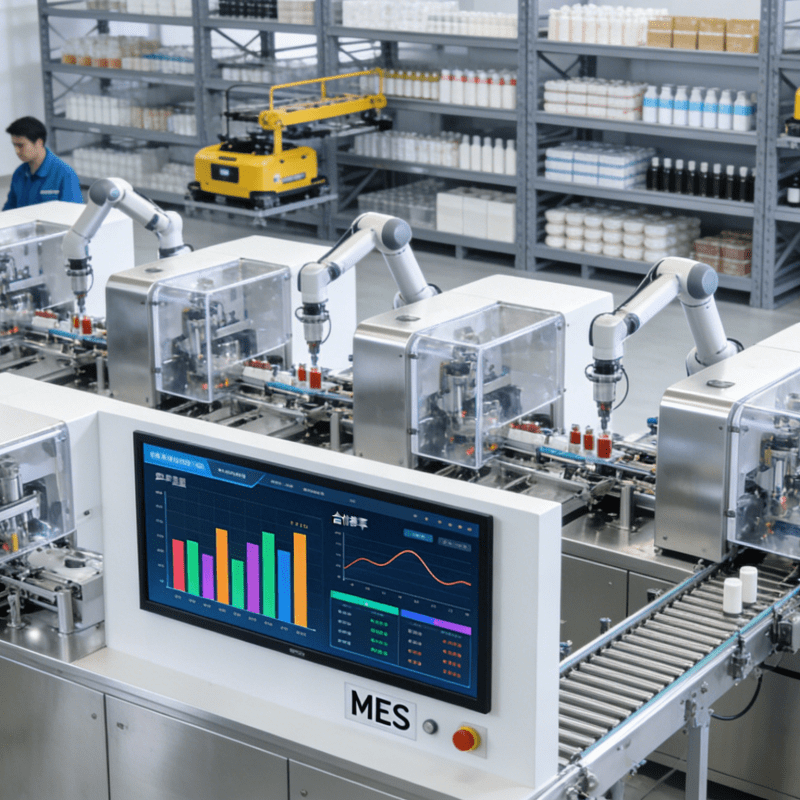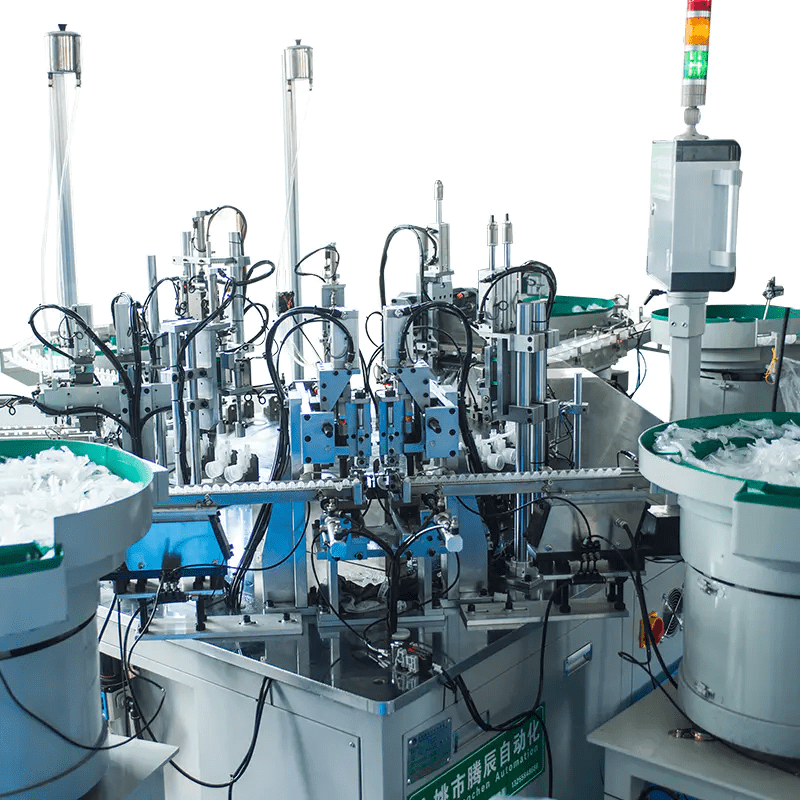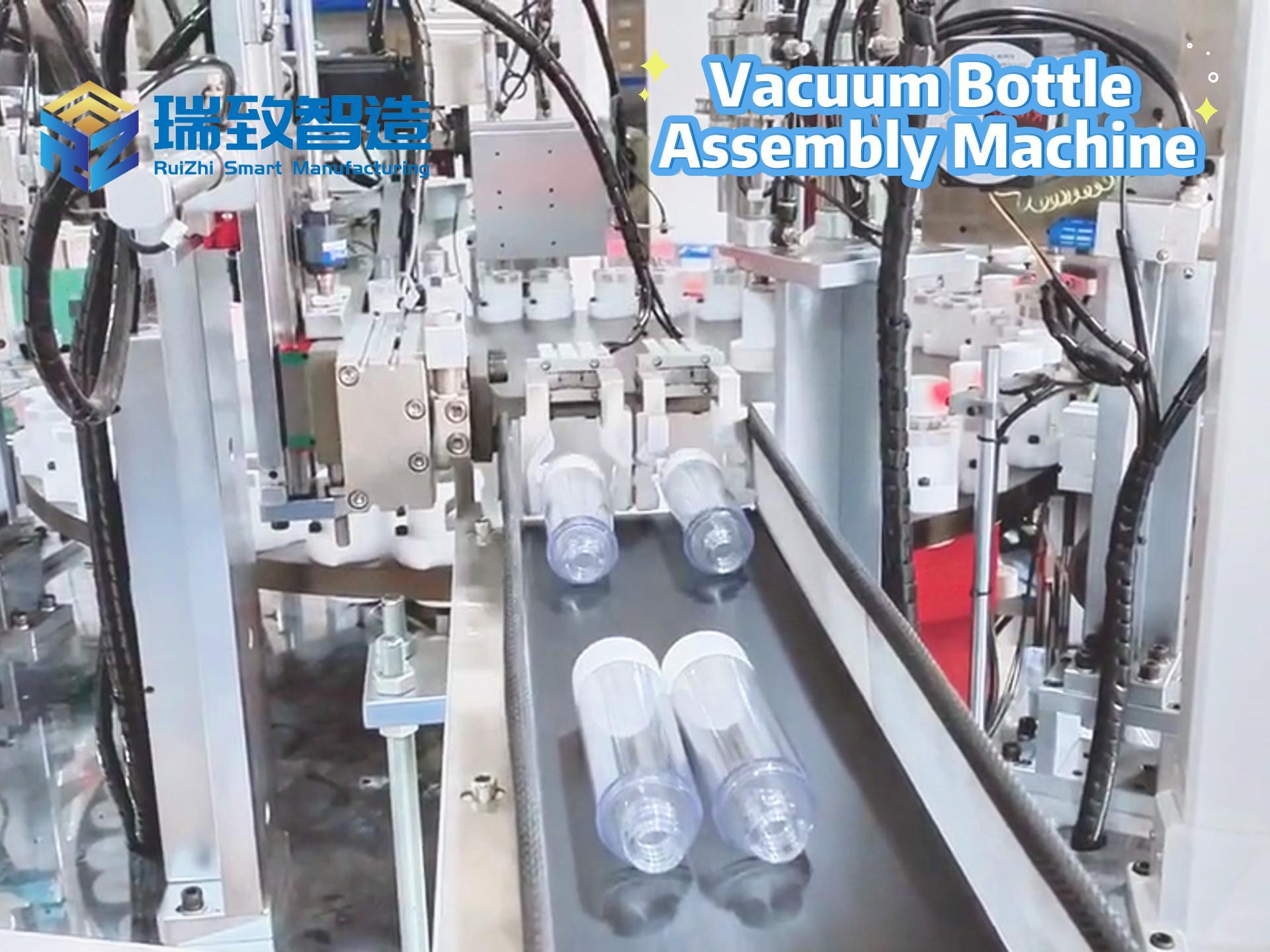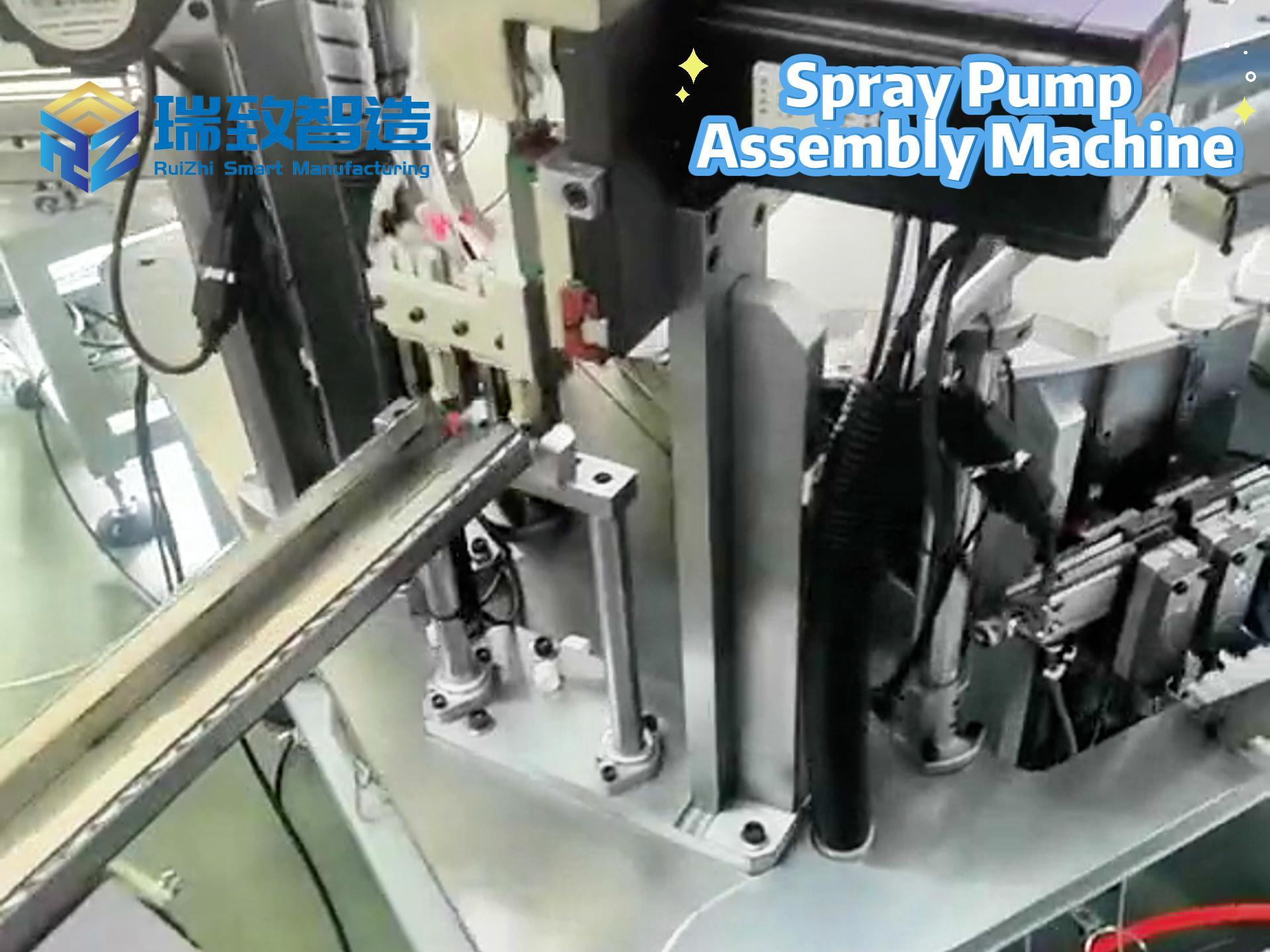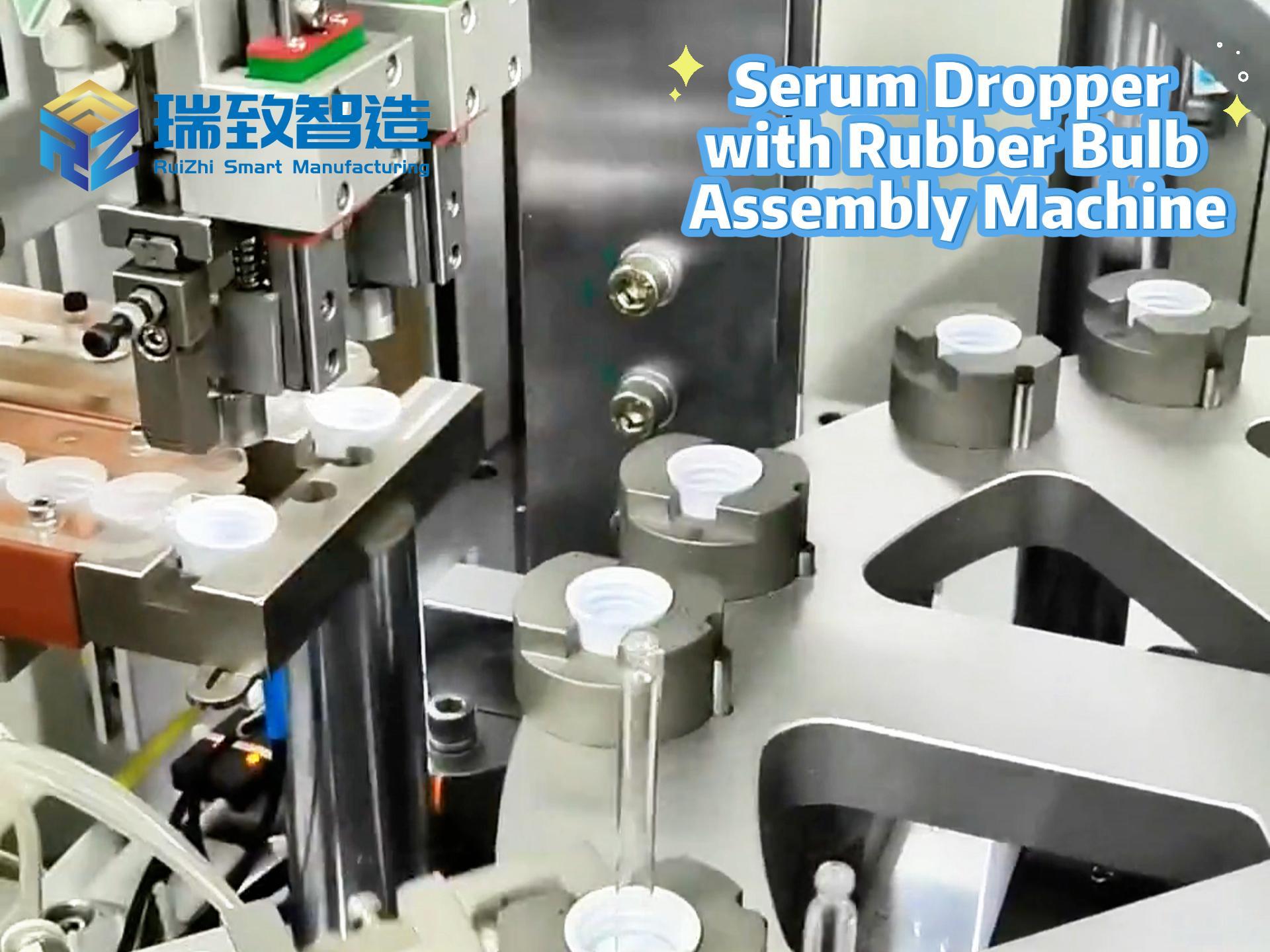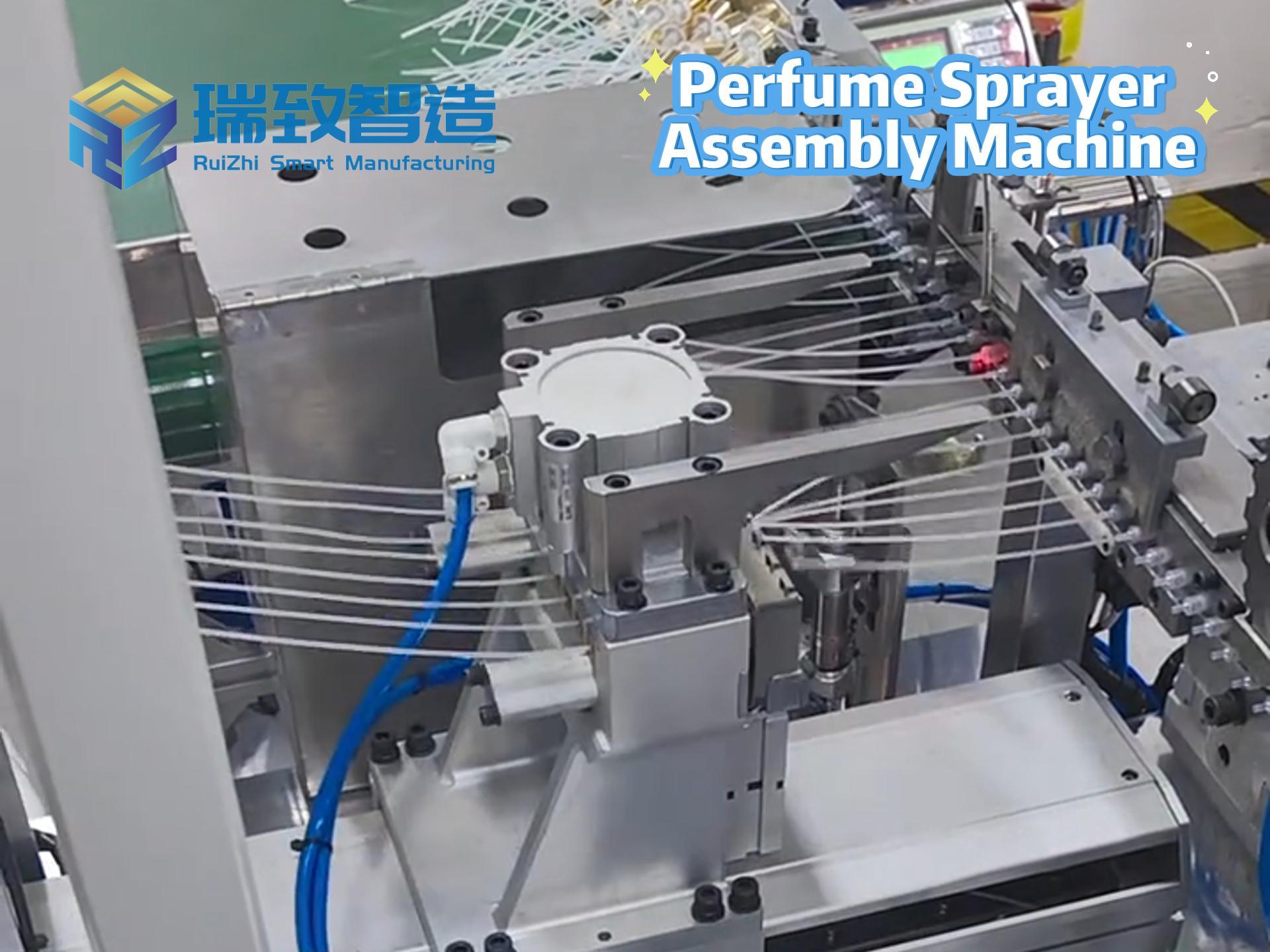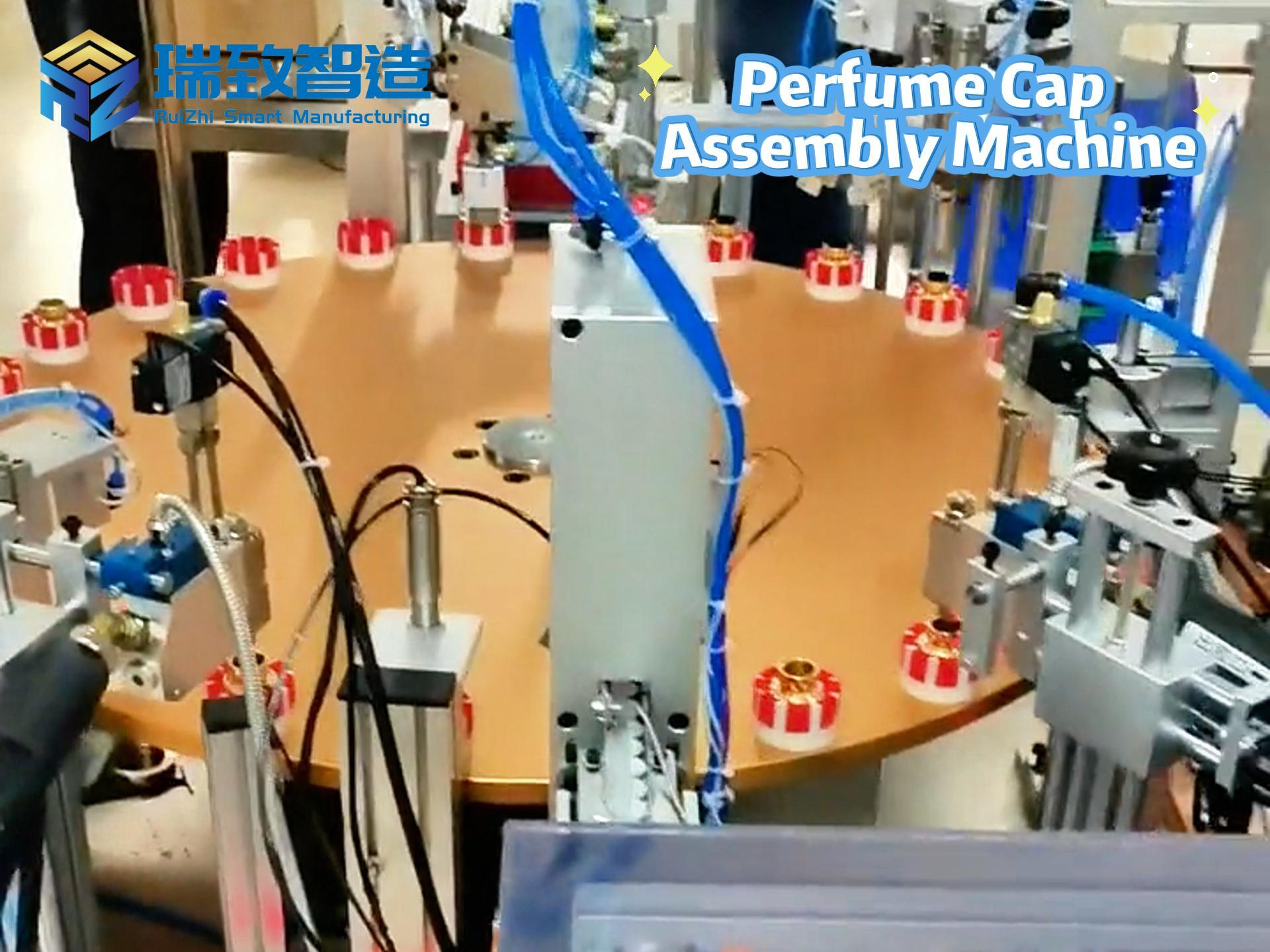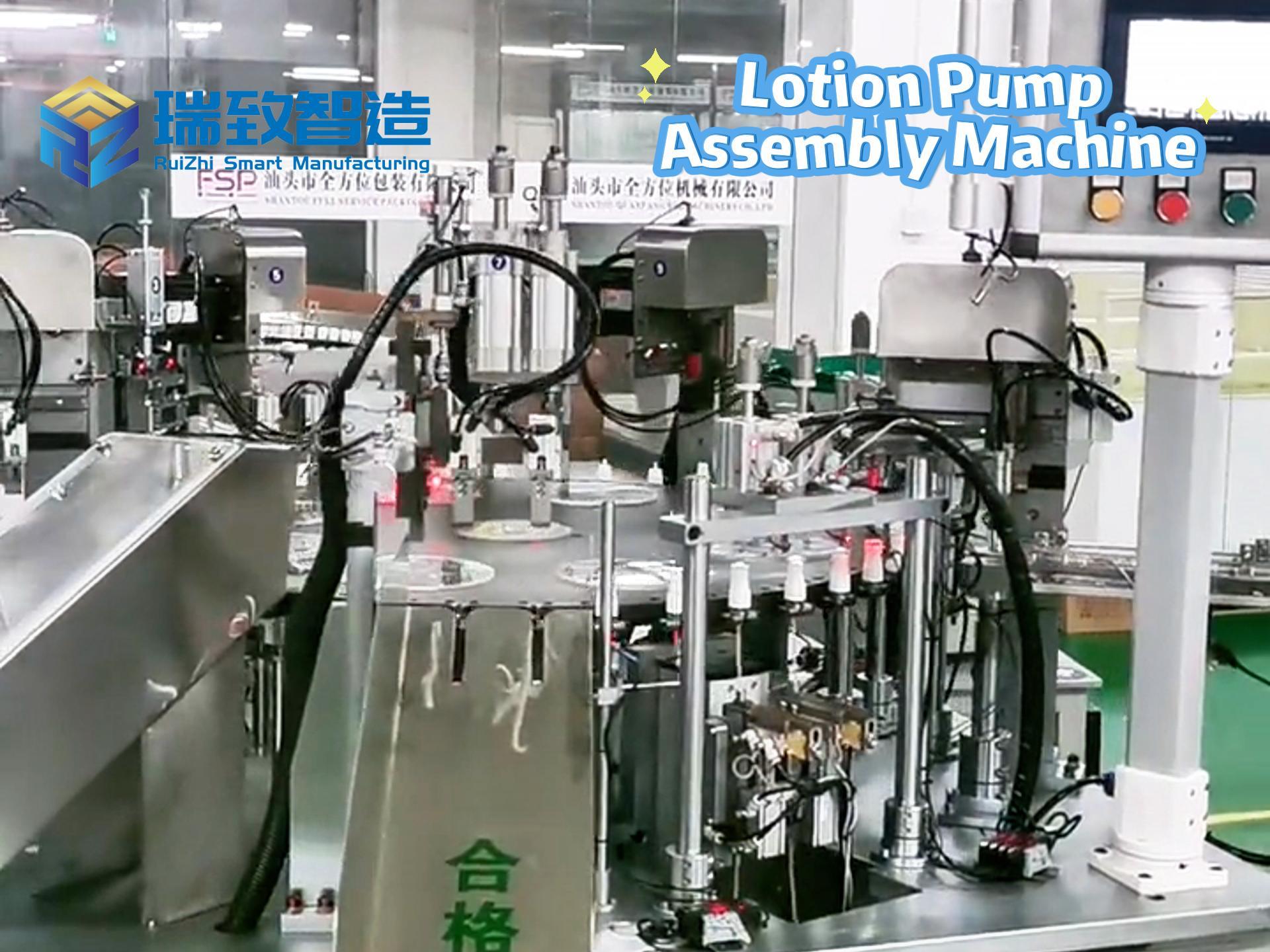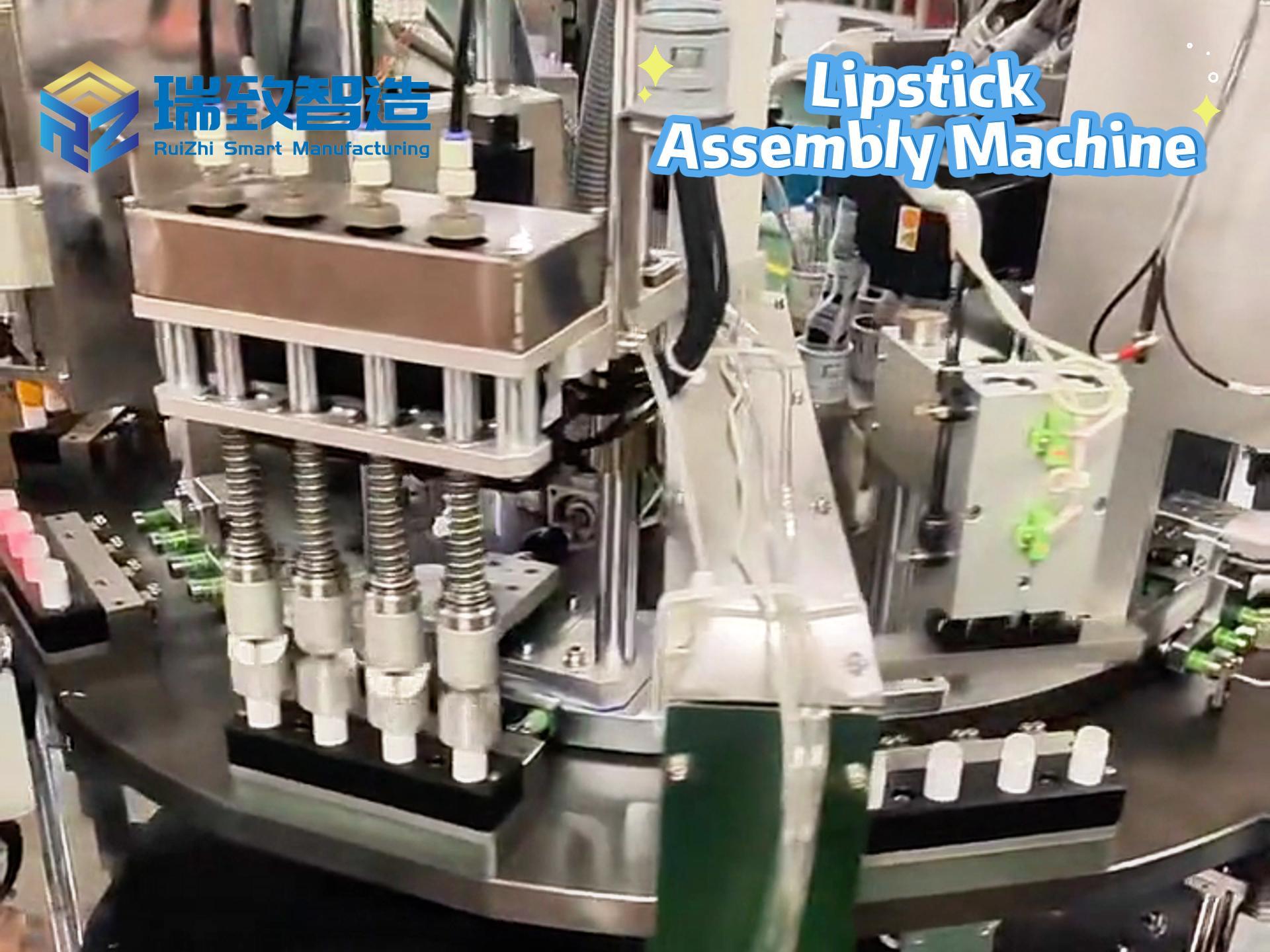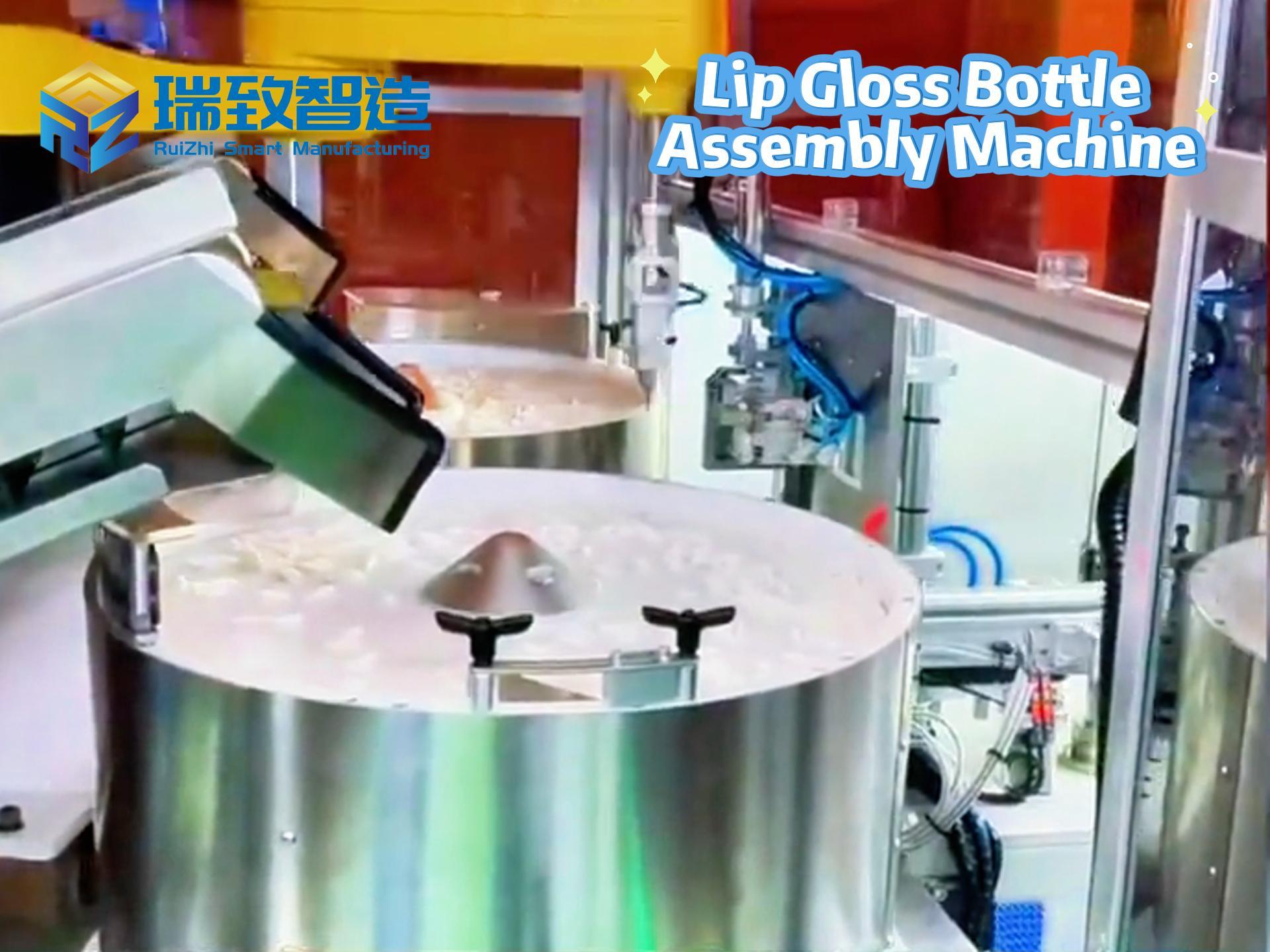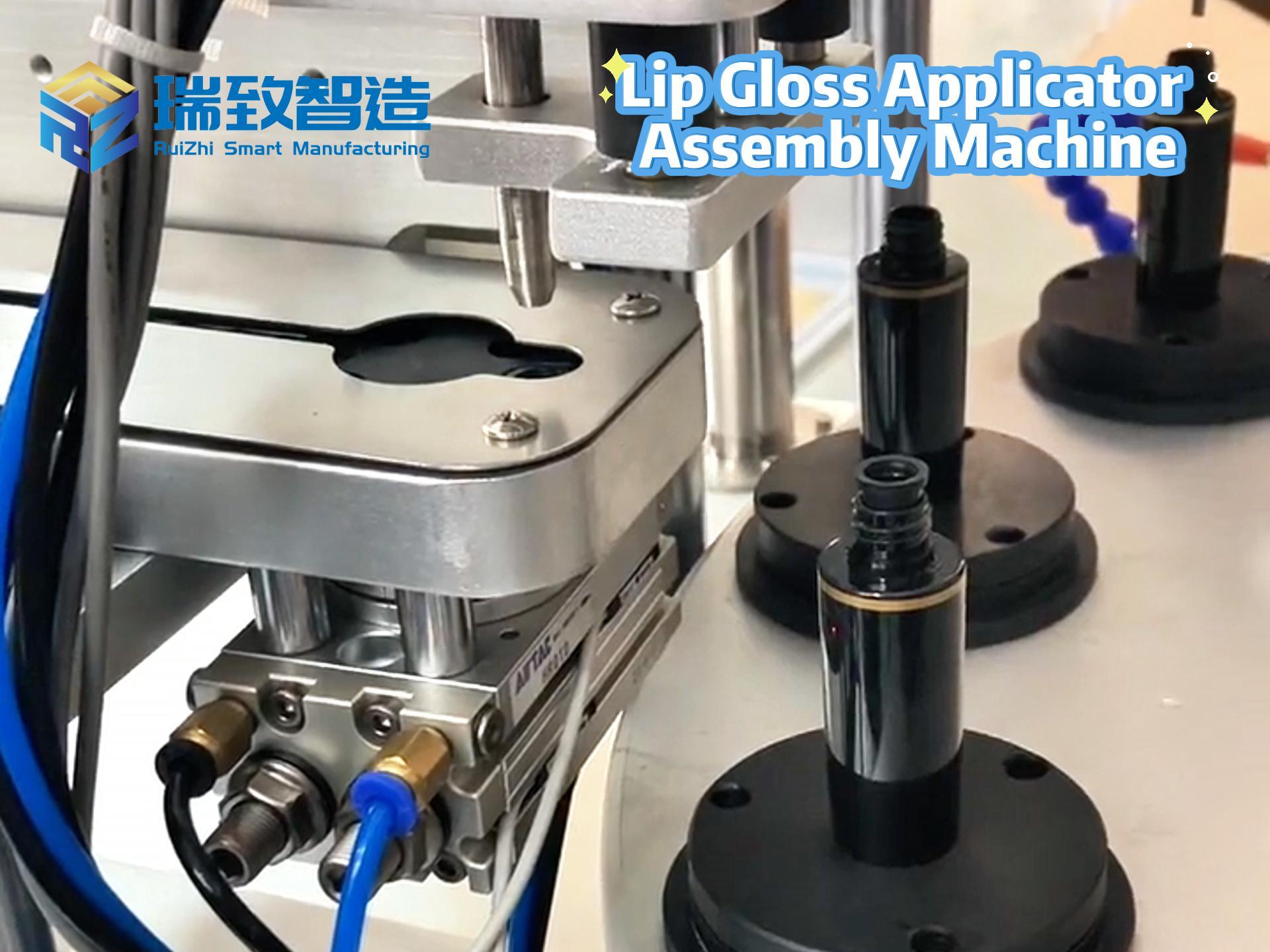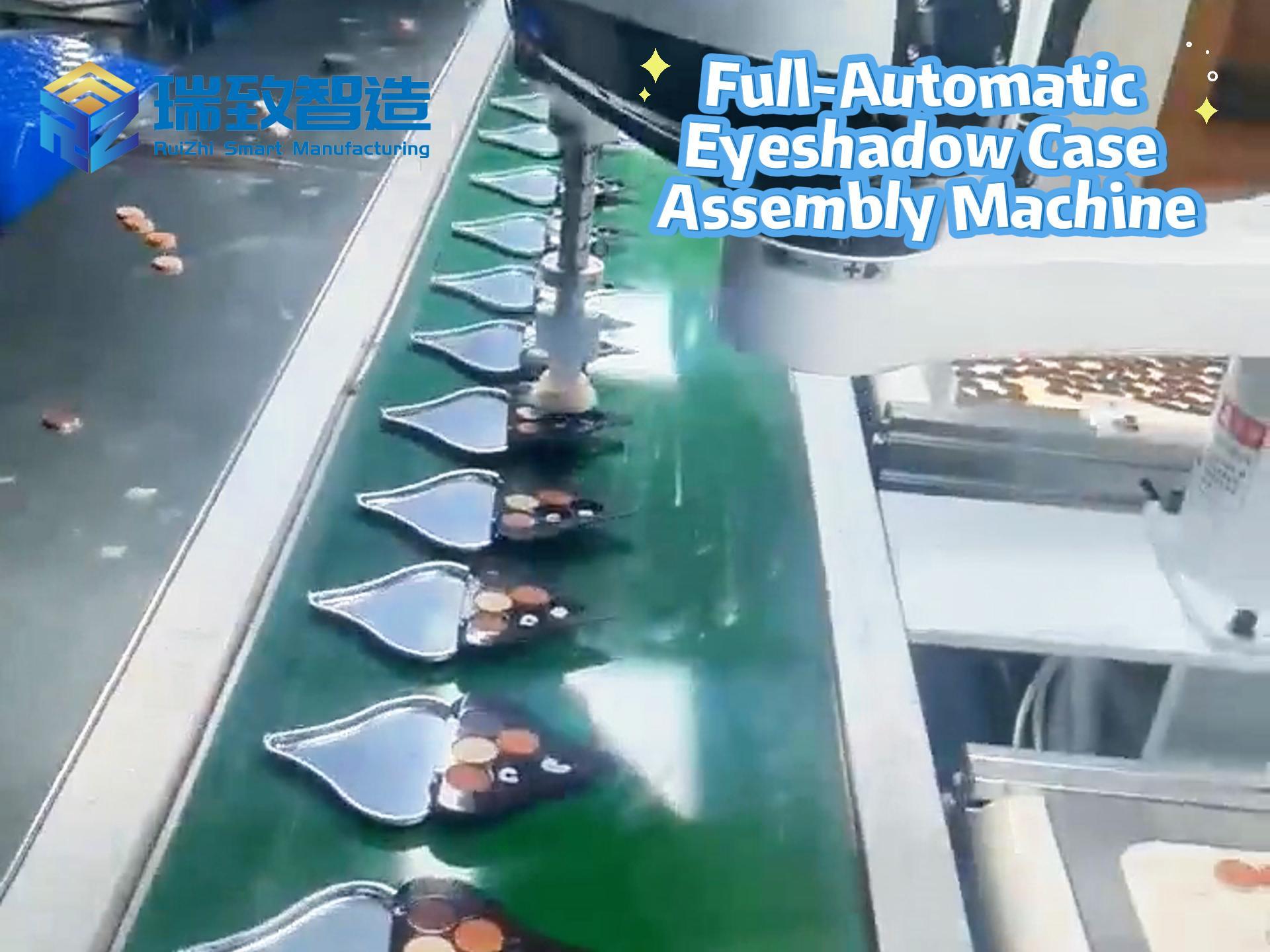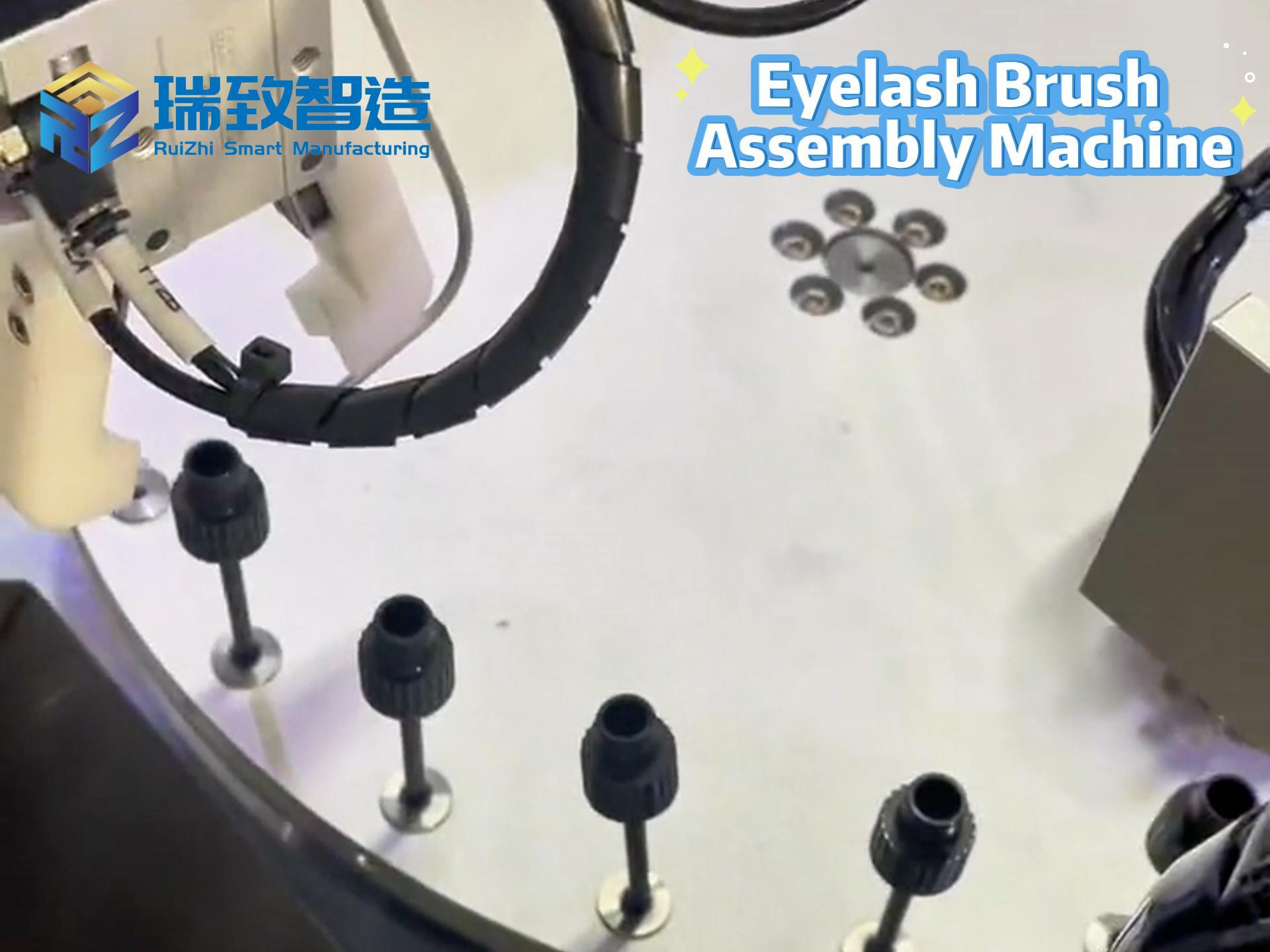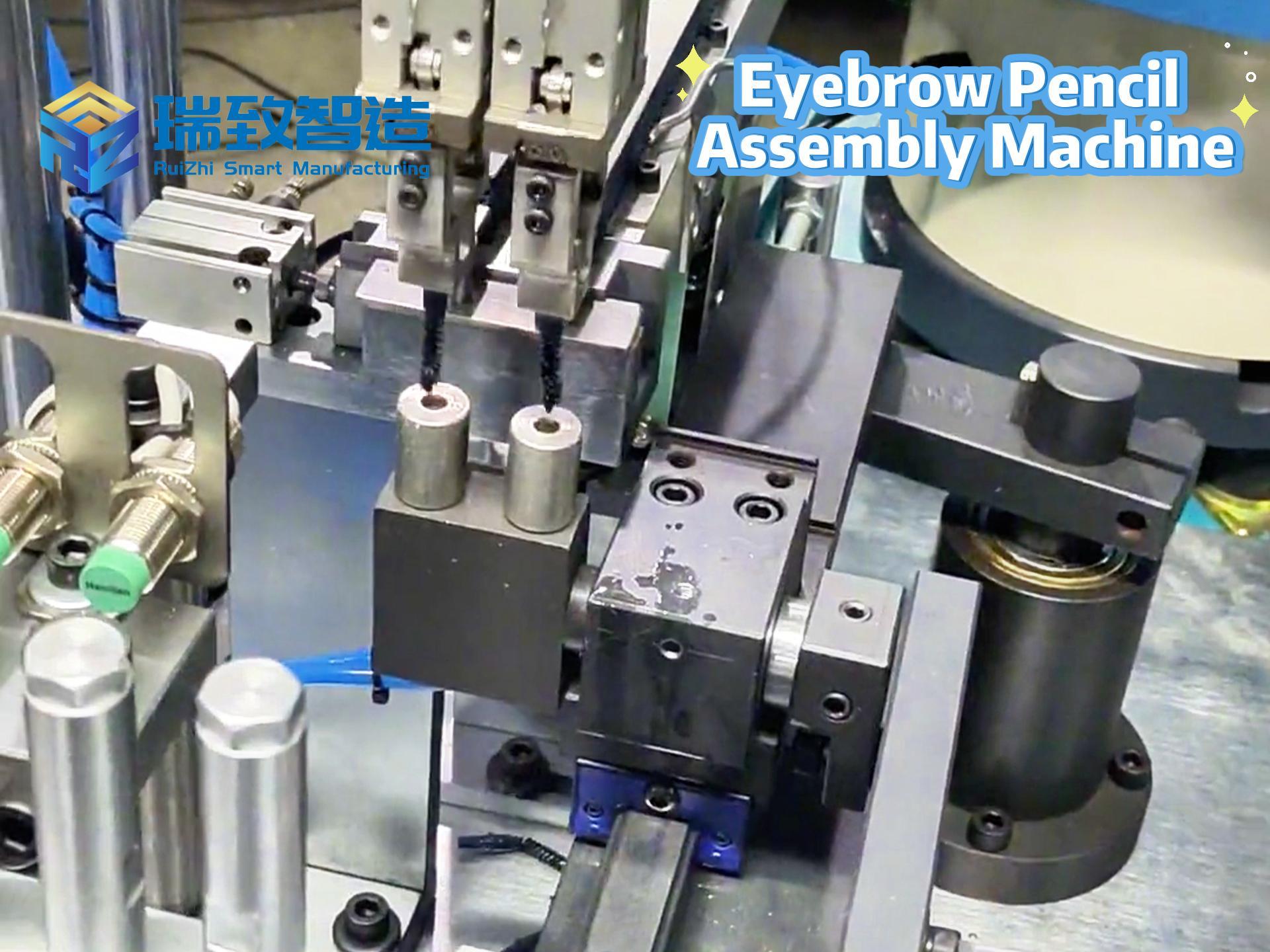Table of Contents
ToggleFuture Trends of Flexible Automation: The Evolution Path from “Factory-Level” to “Ecosystem-Level”

Scene Spotlight:
In the Southeast Asian factory of a multinational electronics group, Production Director Chen stares at an order storm on the screen — European clients require 5,000 customized routers integrating voltage modules for three different countries, while American clients urgently add 10,000 basic models with a 72-hour delivery demand. However, the group’s three factories operate in silos: Factory A excels in high-end customization but is – saturated, Factory B has idle lines but lacks voltage module process parameters, and Factory C’s material system is incompatible with Factory A’s… Traditional “factory-level” flexibility can no longer address cross-regional, cross-process, and cross-system collaboration challenges.
I. “Three-Level Evolution Map” of Flexible Automation: Which Stage Are You In?
1. Stage 1.0: Factory-Level Flexibility (Current Mainstream)
- Characteristics: Multi-variety mixed-line production within a single factory (e.g., a line switching between mobile phone and tablet assembly);
- Bottlenecks:
- Data Silos: Equipment data only circulates within the factory, preventing group-level capacity coordination (a car group failed to identify 30% idle equipment resources);
- Process Barriers: Flexible solutions in different factories are incompatible (e.g., Factory A uses Siemens systems, Factory B uses Mitsubishi systems, requiring manual data translation for cross-factory collaboration).
2. Stage 2.0: Supply Chain-Level Flexibility (Emerging)
- Breakthroughs: (Unblocking) the “supplier-factory-logistics” data chain for rapid demand response:
- A clothing brand uses flexible automation to connect with fabric suppliers. When a live-streaming bestseller runs out of stock, the system automatically triggers “small-batch replenishment orders,” synchronizing adjustments across the entire chain of fabric cutting, garment manufacturing, and logistics distribution, reducing replenishment cycles from 7 days to 36 hours;
- Limitations: Still focused on “production-side” flexibility, not reaching customer demand or ecosystem collaboration ends.
3. Stage 3.0: Ecosystem-Level Flexibility (The Future Is Here)
- Ultimate Form: Building a dynamically adaptive network across the full ecosystem of “customer demand-R&D design-manufacturing-after-sales service”:
- Consumers customize sports shoes on an e-commerce platform, and AI automatically analyzes design requirements, simultaneously driving 3D printing factories to produce uppers, intelligent warehouses to sort soles, and logistics robots to plan optimal delivery routes—all unattended and delivered within 72 hours;
- The core is “data as a production factor”, achieving real-time resonance from “demand ripples to production responses” through cross-industry and cross-regional ecosystem collaboration.
II. “Four Technical Engines” Driving Ecosystem-Level Flexibility
1. 5G + Industrial Internet: Making “Equipment as Nodes, Factories as Terminals”
- Disruptive Applications:
- Universal Equipment Interconnection: A new energy vehicle manufacturer connects over 2,000 devices across battery, motor, and assembly plants 300 km away via a 5G private network, with data transmission delay <10ms. When the battery plant’s coating machine speed fluctuates, the assembly plant’s robots automatically adjust tightening torque, improving cross-factory collaboration efficiency by 40%;
- Cloud-Based Flexible Solutions: Small and micro enterprises can rent “lightweight flexible modules” (e.g., order scheduling, equipment maintenance) via industrial internet platforms without building their own MES, reducing initial investment from 500,000 to 50,000 yuan. A hardware factory uses this to achieve customized production with “minimum orders of 50 pieces.”
2. Digital Twin + AI: From “Trial-and-Error” to “Virtual Preview”
- Full-Process Empowerment:
- R&D End: Designers input 3D product models into a digital twin system, and AI automatically generates the optimal production process route (e.g., recommending which factory and line to use, with a 92% match rate);
- Production End: Virtual production lines simulate multi-variety mixed-line scenarios in advance (e.g., material flow when producing 10 products simultaneously), automatically identifying and optimizing bottlenecks (an electronics factory reduced changeover conflicts by 60% using this technology);
- Service End: Based on predictive maintenance reports from equipment digital twins, sensors due to fail are replaced 3 days in advance, improving after-sales response speed by 80%.
3. Edge Computing + Blockchain: Building a “Trusted Flexible Ecosystem”
- Key Values:
- Real-Time Decision-Making: Edge nodes process equipment data locally (e.g., sorting robots identifying material defects in real time), with local decision delay <50ms—10 times faster than cloud processing, suitable for real-time critical scenarios (e.g., medical consumable production);
- Trusted Data: Blockchain records every process parameter adjustment and material flow information. A medical device factory uses this technology to achieve “full-chain traceability for customized products”, meeting EU MDR compliance requirements and gaining 30% more high-end orders.
4. Human-Machine Symbiosis Systems: Redefining “the Last Mile of Flexibility”
- Technical Breakthroughs:
- Force-Controlled Robots: Collaborative robots in a car seat factory are equipped with six-dimensional force sensors, capable of sensing workers’ pushing/pulling forces and automatically adjusting cooperation rhythms (e.g., if a worker speeds up installation, the robot increases material delivery frequency accordingly), improving human-machine collaboration efficiency by 35% compared to traditional models;
- AR Assistance Systems: Operators wear AR glasses displaying real-time optimal operation paths for current workstations (e.g., “red arrows indicating screw hole positions”). A 3C OEM reduced new employee training cycles from 2 weeks to 3 days and cut misoperation rates by 70% using this.
III. “Three Evolution Paths” of Ecosystem-Level Flexibility
1. Horizontal Expansion: From “Single-Factory Flexibility” to “Cluster Flexibility”
- Implementation Steps:
① Data Middle Platform Foundation: Unify equipment communication protocols across group factories (e.g., OPC UA unified access). After connecting data from 8 factories, a home appliance group discovered 20% of 产能 could be scheduled across factories;
② Dynamic Capacity Marketplace: Publish “idle capacity” on industrial internet platforms (e.g., Factory A available from 20-24 every night) for external SMEs to bid. A machinery processing factory increased equipment utilization from 60% to 90%, gaining 12 million yuan in annual revenue; - Case: Haier COSMOPlat connects over 300 factories to form a “10-km radius flexible manufacturing circle.” After Qingdao customers place orders, three surrounding factories collaborate on production, compressing local delivery cycles to 24 hours.
2. Vertical Deepening: From “Production Flexibility” to “Full-Chain Flexibility”
- Scenario Extension:
- Demand End: A cosmetics brand uses AI analysis of Tmall consumption data to adjust production plans for “small-batch customized masks” in real time, reducing new product trial costs by 50%;
- R&D End: PLM systems connect directly with flexible production lines. When engineers modify product dimensions in CAD, lines automatically update fixture parameters and inspection standards, shortening sample development cycles from 7 days to 1 day;
- Service End: Smart products (e.g., connected air conditioners) transmit operation data in real time, triggering “predictive maintenance work orders” while reverse-optimizing production processes (a factory adjusted line tightening parameters immediately after discovering high failure rates in a batch of compressors).
3. Ecosystem Construction: From “Enterprise Solitude” to “Ecosystem Co-Prosperity”
- Typical Models:
- Platform Ecosystems: Midea’s industrial internet platform connects 12,000+ devices and 3,000+ developers. SMEs can call micro-services like “flexible sorting algorithms” and “intelligent scheduling models” on demand, reducing R&D costs by 80%;
- Industrial Chain Alliances: A new energy vehicle industrial chain established a “flexible manufacturing alliance,” where battery, motor, and vehicle manufacturers share capacity data. When orders for a certain model surge, alliance enterprises automatically reorganize production lines, tripling capacity ramp-up speed;
- Ultimate Form: Forming a business ecosystem of “real-time demand sensing-dynamic resource allocation-value co-creation and sharing”, such as Germany’s “Industry 4.0 Platform,” which has achieved cross-industry equipment interconnection and capability trading.
IV. “Evolution Timetables” and “Risk Controls” for Different Enterprises
| Enterprise Type | 2025 Goal | 2030 Goal | Key Actions |
| Small & Micro | Access cloud-based flexible modules | Join regional flexible manufacturing clusters | First use SaaS tools to connect order-production data |
| Medium-sized | Achieve 100% in-plant equipment interconnection | Connect with upstream and downstream supply chain systems | Invest in digital twins for process previewing |
| Large | Build group-level capacity scheduling platforms | Lead industry flexible ecosystem construction | Take the lead in formulating cross-system data interaction standards |
V. The Future Is Here: “Disruptive Impacts” of Ecosystem-Level Flexibility
1. Business Model Reconstruction
- Shift from “producing what to sell” to “manufacturing what customers want”: A furniture factory launched “online DIY customization,” with flexible lines supporting “single-cabinet customization,” increasing customer unit prices by 40% and repurchase rates to 35%.
2. Migration of Competitive Barriers
- Core competitiveness shifts from “scale cost” to “ecosystem responsiveness”: ZARA’s traditional quick response model requires 7 days for sampling, while new brands with ecosystem-level flexibility complete design-to-production in 3 days via AI design + 3D printing + intelligent sorting.
3. 重塑 (Reshaping) Employment Structure
– 催生 (Giving Rise to) new positions like “ecosystem coordinators,” “digital twin engineers,” and “flexible solution architects.” A recruitment platform shows related positions pay 50%-80% higher salaries than traditional roles.
Act Now: Seize the Ecosystem-Level Flexibility Opportunity
- Scan to apply for Ecosystem-Level Flexibility Maturity Assessment(free diagnosis of your enterprise’s current stage with an evolution roadmap);
- Attend the “Industrial Internet Ecosystem Summit” (to be held in Shenzhen next month, revealing practical ecosystem construction cases from Haier, Midea, etc.);
- Join the “Flexible Transformation Community” (exchange with 500+ manufacturing CIOs and factory directors, accessing the latest technical whitepapers and case libraries).
While “factory-level flexibility” still solves “single-factory efficiency,” “ecosystem-level flexibility” is already reconstructing the value distribution rules of entire industries. In today’s era of explosive personalized demand and continuous technological breakthroughs, an enterprise’s ultimate competitive advantage will no longer be how many flexible devices it owns, but whether it can become a “core node of the flexible ecosystem”—the breadth of connections, depth of data, and speed of collaboration will determine your position in the future manufacturing landscape.
(Follow us to continuously track cutting-edge trends in flexible automation and become an early beneficiary of ecosystem-level flexibility!)
#robot vision #vision-based robotic solution for wire insertion with an assigned #label orientation

